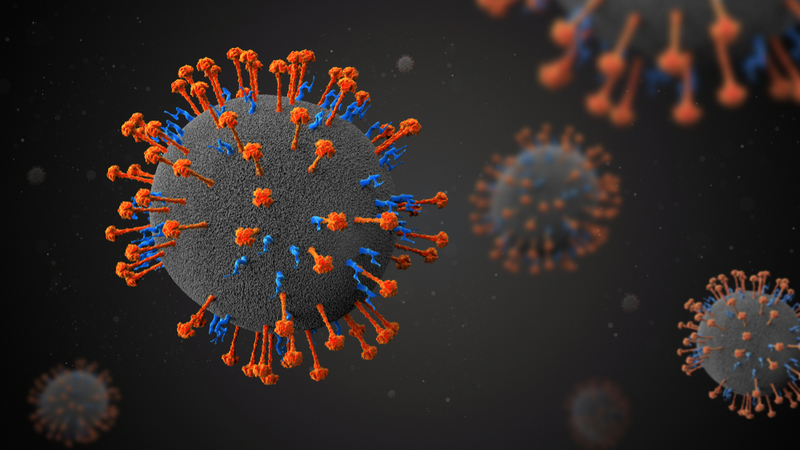Detection, testing, awareness: A year after Nipah, Kerala prepared to handle outbreaks
Partner Content May 01, 2019
In May 2018, a Nipah virus outbreak in the state resulted in the death of 17 people.

It started with the death of three members of a family in Kozhikode, who had exhibited similar symptoms: fever, headache and respiratory issues. Soon, the state was plagued by an outbreak of the rare Nipah virus, which ended up claiming 17 lives in the state in less than a month.
The government acted quickly to contain the spread of the infection and had even issued an advisory against travelling to parts of the state, concerned that the virus could be transmitted. In the first week of June, officials declared that the most dangerous wave of the outbreak had passed. Now, a year after the outbreak, how far has Kerala come in terms of preparation against another outbreak?
“There are two crucial lessons taken from the outbreak that have been exceptionally implemented. The first is detection and the second is prevention,” says Manipal Institute of Virology’s Dr Arun Kumar, who was the first person to identify that it was a Nipah virus outbreak. “Hospitals have more awareness about the virus and know what symptoms to look out for. Testing has also greatly improved since then,” he says.
Dr Arun also notes that several people were infected because they had been exposed to an infected individual at a hospital. “Infection control practices have vastly improved in hospitals to ensure that person-to-person contact and transmission of such infections is reduced vastly,” he adds.
Following the outbreak, an institute of virology was set up in Thiruvananthapuram in February 2019. The institute was set up under the watch of the State Institute for Science and Technology with Professor GM Nair, Advisor to the Kerala Biotechnology Commission, named the coordinator of the organisation. At the time, he had told TNM that the institute would be dedicated not only to diagnosing and studying pathogens, but also in researching the ways in which they affect humans and the best manner in which to tackle and control them.
“Awareness has been key to the battle against Nipah. This time around, the public is more aware of what the virus is and how it is spread, this alone has made a difference,” says Additional Chief Secretary Rajeev Sadanandan. He added that several cautionary notices and awareness measures were taken to ensure that the public was educated to get themselves screened if they suspect any problems.
What is the Nipah virus?
Nipah is a virus transmitted to people and animals through fruit bats, which are thought to be the natural carriers of the virus. The first outbreak in the world was reported in 1998 in Malaysia where over 100 people were infected. The infection can be transmitted via direct contact with an infected person or animal or through the carrier of the virus (usually fruit bats).
While drug trials and research into vaccines are being conducted, none have been introduced into the mainstream.
This story was originally published on The News Minute and is reprinted here with permission. It can be viewed on https://www.thenewsminute.com/article/detection-testing-awareness-year-after-nipah-kerala-prepared-handle-outbreaks-100895
-
Exclusive Write-ups & Webinars by KOLs
-
Daily Quiz by specialty
-
Paid Market Research Surveys
-
Case discussions, News & Journals' summaries